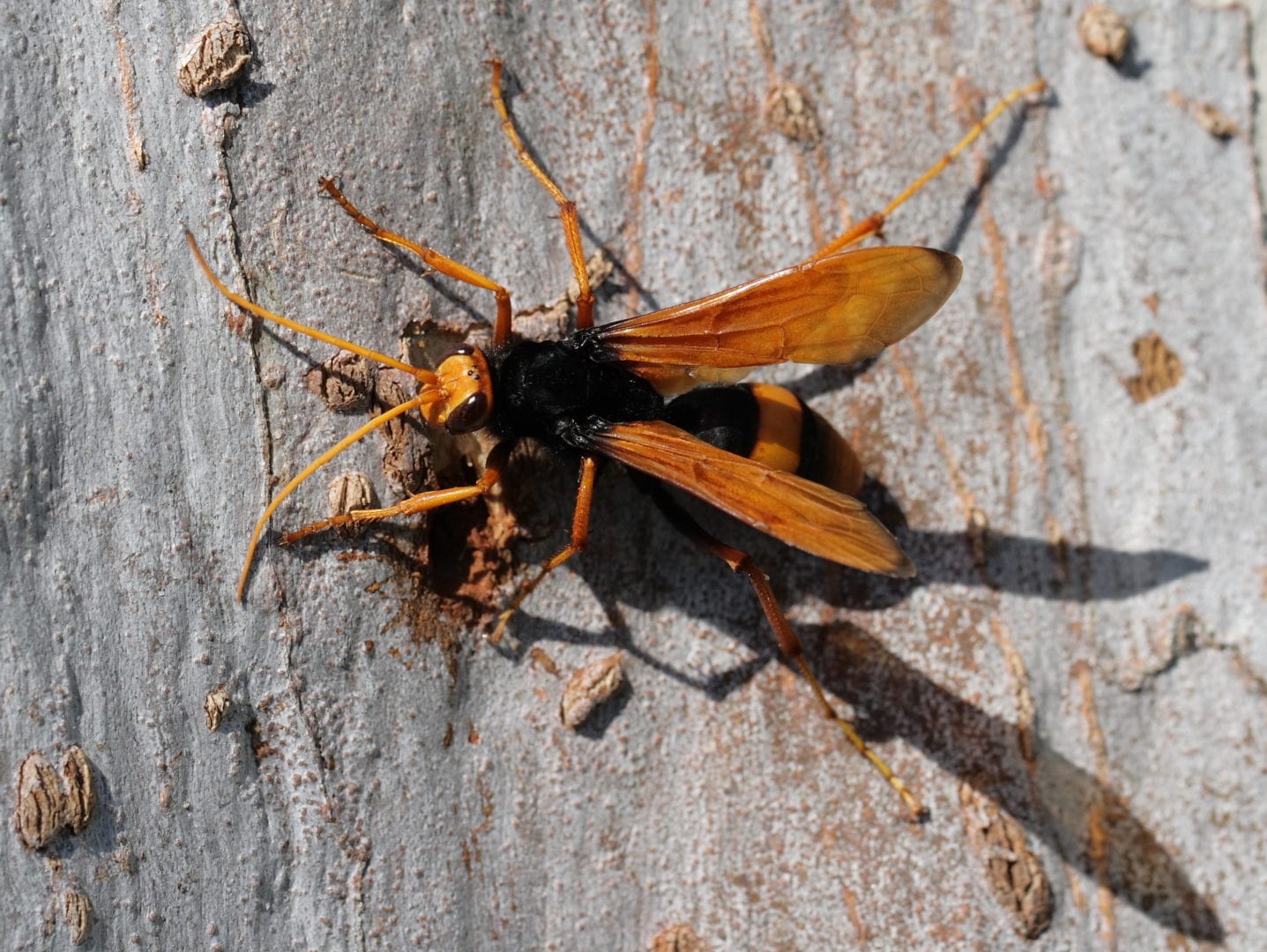Curtin researchers using ‘stunt spiders’ found male trapdoor spiders leaving their burrows to mate faced predators such as birds, lizards and rodents all year round while wasps posed a threat only in summer.
Explaining the research, published overnight in Scientific Reports, lead author PhD student Leanda Mason, from Curtin University’s School of Molecular and Life Sciences, said about 14 species of trapdoor spiders inhabited bushland around Perth, but each species had a different time of year when males left their burrows to mate.
“Trapdoor spiders spend most of their lives in their burrows, and it seems to be a tactic that works – the oldest-known trapdoor spider, found in WA, lived until she was 43 years old. But it’s not a tactic that helps spiders meet mates, which is why males must emerge from the safety of their burrows,” Ms Mason said.
“Trapdoor spider males do not return to their burrows after mating and are thought to die not long after mating. The threat posed by predators though is that they may never reach their mate and without spiderlings being recruited for future generations, the populations are at risk of extinction.”
Ms Mason said trapdoor spider populations in Perth’s urban areas are already highly fragmented due to habitat loss.
She said the research examined if different predators, including introduced species such as rats and mice, posed a threat to trapdoor spiders by hunting the males when they left their burrow.
“The most interesting finding we found was that wasps displayed extreme seasonal exclusivity, attacking only in summer months,” Ms Mason said.
Co-author Dr Bill Bateman, also from Curtin’s School of Molecular and Life Sciences, said that clay spider models are useful surrogates for understanding potential predators.
“We used ‘stunt spiders’ – accurate plasticine models which we put in different bushland areas at different times of the year – to see if spider predators would be fooled into attacking them. If they did, they left distinctive marks of teeth and claws on the plasticine that allowed us to identify the predator,” Dr Bateman said.
“We concluded that, overall, introduced predators like mice and rats were still more of a threat to trapdoor spider males because they are novel to the ecosystem and likely to have greater negative impacts than wasps who have co-evolved with spiders for millions of years.”
The open-access research paper, ‘Predators Show Seasonal Predilections for Model Clay Spiders in an Urban Environment’, which was also co-authored by Associate Professor Grant Wardell-Johnson and Sarah Luxton, both from Curtin’s School of Molecular and Life Sciences, can be found online here.



